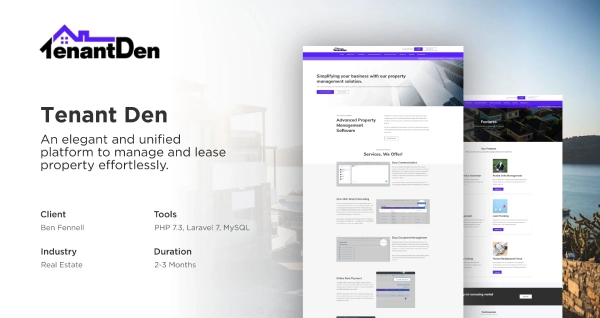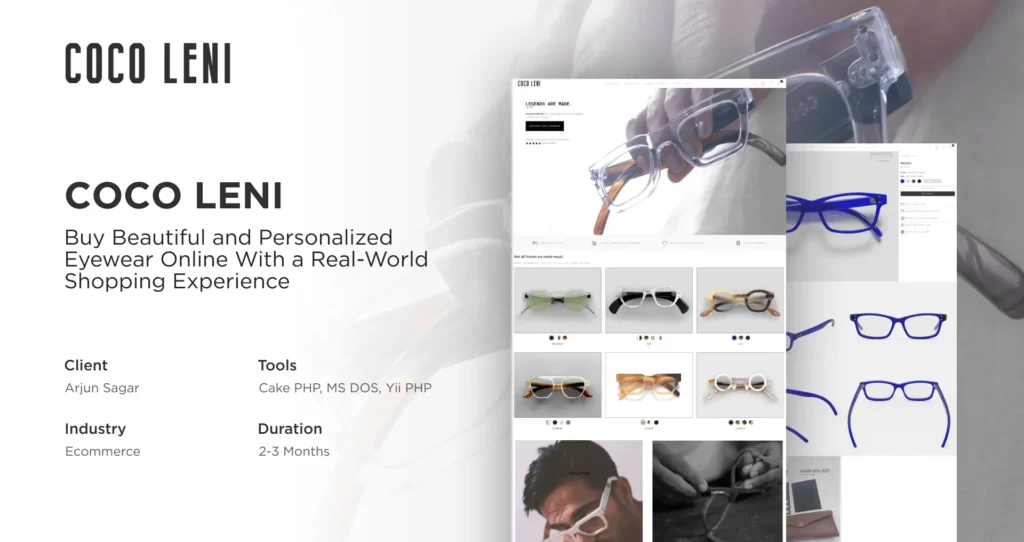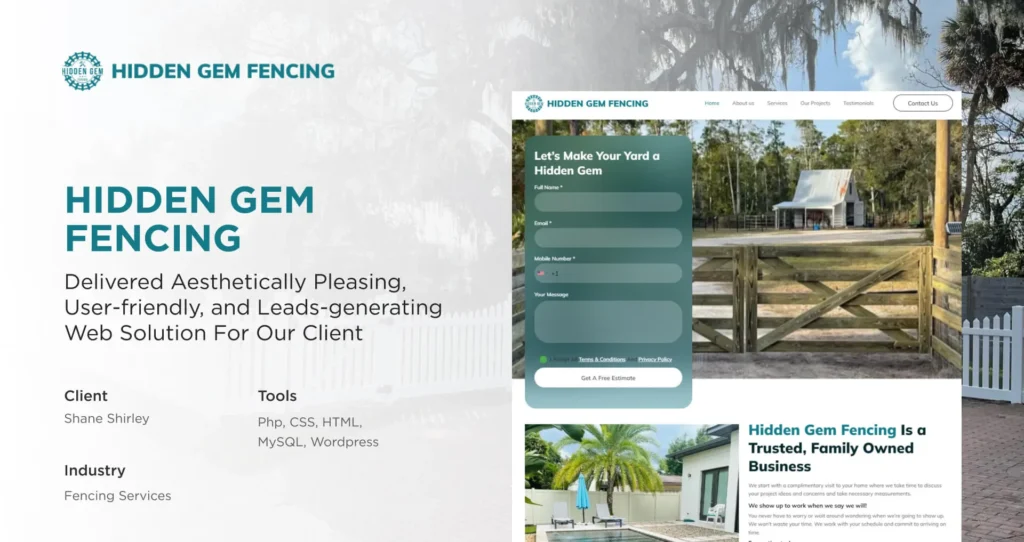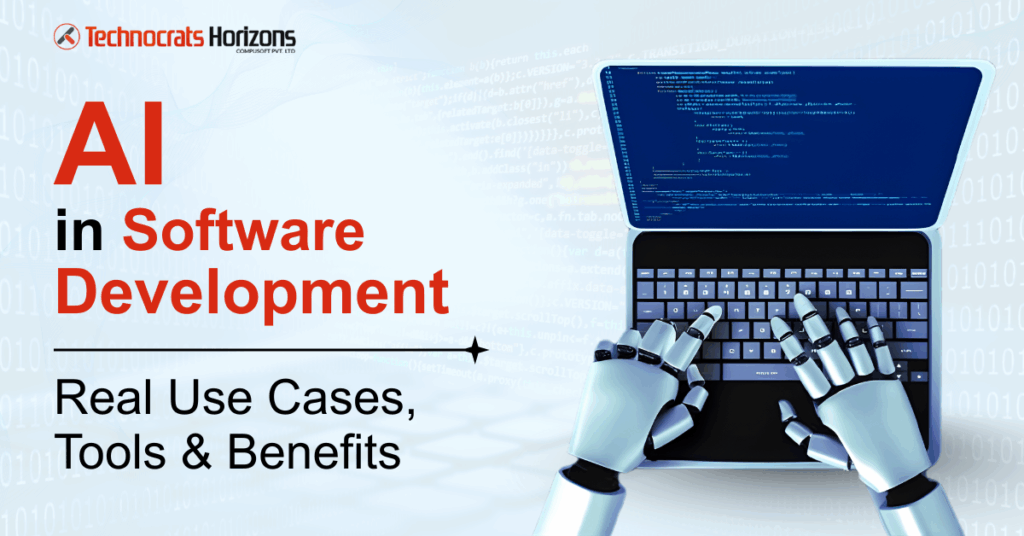2 out of 3 businesses are still running on legacy systems for their core operations- Forbes.In this era of technological innovation, it might come as a shock.However, SaaS cloud migration is changing the current landscape..
Businesses of all sizes look to get SaaS application development services to replace their on-premises legacy software in order to meet their evolving business needs. This covers all SaaS applications, including front-office ones like SaaS customer relationship management and back-office ones like finance and accounting systems, IT management apps, and industry-specific apps.
However, understanding and implementing a SaaS cloud migration strategy is the biggest challenge faced by SMEs..
This blog post will discuss ‘what is’ and ‘how to’ of SaaS cloud migration and how it may help enterprises. This step-by-step guide to SaaS cloud migration will help you understand why SaaS is the “future” of tech-driven businesses.
What is SaaS Cloud Migration?
A successful digital transformation can lead to lower costs, faster time to market, and more flexibility. For example, you can attain successful digital transformation by switching from legacy systems to cloud-based software-as-a-service (SaaS) applications. This move needs an innovative technological application, data-driven approach and an expert SaaS application development company.
To really have an impact, you need to have a fresh, data-driven approach that prioritizes objective evaluations of existing practices and offers better substitutes. T%o keep up with the growing trend of SaaS, you need to consider shifting from on-premise solution development to SaaS product development processes.
There are other names for this trend of SaaS cloud migration; two popular ones are SaaSification and SaaSify. Whatever you choose to call it, the reality is that businesses in this day and age have limited options, and those who don’t change risk falling behind. Many firms are slow to adopt SaaS as a revenue model for their own solutions, despite the fact that most of them prefer the solutions themselves.
It makes sense, given how complicated the change is and how much thought and preparation it takes. Making big changes requires mapping out every aspect of your business, which is why businesses should map out their SaaS cloud migration before beginning.
Why Are Businesses Migrating to SaaS Business Model?
Businesses with traditional on-premises infrastructures can configure their PCs, servers, and data centers to hold their software. With SaaS, you can adopt a new model where software is largely controlled by a cloud service provider. You can add new features and apps using SaaS without making large upfront infrastructure investments. You can choose SaaS application development services to build SaaS apps with a monthly charge by choosing a SaaS business model, which lowers the upfront expenses of the setup. Additionally, this removes the need to purchase multiple software licenses.
Businesses are spared the painful cycle of software updates, where they have to decide whether to invest in a costly and time-consuming update in order to take advantage of the new features offered by the latest version.
These figures demonstrate that the shift to SaaS is here to stay:
- By 2025, it is projected that over 100 zettabytes of data would be stored in the cloud, contributing to the rise of SaaS cloud migration.
- With nearly $152 billion in end-user spending in 2021, the cloud application services sector led compared to IaaS ($91 billion) and PaaS ($86 billion). According to stats, SaaS is expected to generate a revenue of $374.5 billion by 2028.
- Salesforce is the biggest SaaS provider in the United States. It is valued at about $268.86 Billion as of May.
Types of SaaS Migration Models
There are multiple SaaS migration models out there for you to choose from. You can choose the one that fits your needs the most. To make this choice easier, we have compiled 4 type of migration model:
Silo Migration Model
Under the silo migration model, also known as the single-tenant model, every SaaS user (tenant) has a dedicated server or infrastructure. This paradigm gives end users several advantages, like data security and customisation capabilities, and doesn’t require much rework.
Layered Migration Model
Layered migration model allows you to migrate your solution layer by layer. By using this method, some layers maintain their single-tenant architecture while gradually transitioning to a shared multi-tenant model.
With layered migration, you can begin your migration from any layer and migrate the remaining layers in whatever order you desire.
Parallel Migration Model
This kind of migration manages cloud and on-premise systems simultaneously. It enables companies to reduce downtime and verify the SaaS solution prior to moving the entire infrastructure.
The parallel migration technique guarantees a seamless transfer and lowers the chance of interruptions. Even though it takes a little longer than other strategies, this one is the most reliable for businesses who cannot afford to take many risks.
Data Migration Model
This model uses a single-tenant architecture for the upper layers and a multi-tenant strategy for the data storage. It involves moving data from the on-premises system to the SaaS platform in the cloud. This architecture ensures data consistency, integrity, and regulatory compliance.
The four models don’t conflict with one another despite their stark differences.
Benefits of SaaS Cloud Migration
Many of you must still be wondering why you actually need SaaS cloud migration. Let’s discuss its benefits to assure you further:
Increased Clientele and Growth
With SaaS business models, you can strategically position your goods and services to attract more clients and expand your business. Long implementation time and large upfront costs have historically impeded the growth of many companies dependent on legacy software. By putting your product on the cloud and letting users help themselves, you can create a more transactional product that can result in more sustained development.
By using price psychology techniques, you can increase conversions and penetrate saturated markets with freemium or penetration pricing strategies.
Staying Competitive and Adaptive
Businesses have learnt that disruption is the only constant. Whatever your industry, you must be ready to change course quickly along with your goods and services as well as internal processes. Whatever you sell, you must be able to maintain a constant state of innovation.
By switching to SaaS, you can provide your team with the resources they need to thrive no matter what happens to the market.
Simple Pricing Model
SaaS cloud migration technologies prioritize business needs over everything else which makes their price structure very straightforward. After migration, you would only have to pay for what you’re using.
SaaS migration options with straightforward pricing also spare you from unexpected expenses and time-based license obligations.
Automatic Updates and Maintenance
In most cases, in-house software updates and maintenance are handled by SaaS application development services providers. It gives you more time and money to devote to other needs. With SaaS-based infrastructure, you can easily stay up to current on security issues and updates.
Enhanced Security
Data security should be the utmost priority for you while engaging Saas migration services. Cloud companies therefore make significant investments in cybersecurity. An expert SaaS application development company has a team of security engineers and plenty of tools to ensure safe and secure migration.
Challenges of SaaS Cloud Migration
With benefits comes a lot of challenges as well. We have described below the biggest challenges faced by businesses when it comes with SaaS cloud migration:
Cultural Fit
SaaS cloud migration affects every aspect of your company. Moving your solutions to the cloud is one thing, but preparing your staff for the often-significant changes that will occur to their daily tasks is quite another.
Inability to handle this transition can lead to a lot of frustration for your employees due to a lot of interruption.
Security Concerns
To safeguard sensitive data, companies that are new to cloud computing and SaaS must set up strong data security procedures. You are still in charge of your own security settings, processes, and evaluations. You must clarify this with your Saas migration services provider so you are on the same page about taking proper security measures.
Transition Costs
Although the SaaS business model typically results in long-term cost savings for enterprises, there are expenses related to personnel training and data migration to a new application which can cost you a lot.
Choosing the Right Vendors
You should be careful to select a reliable, stable SaaS application development company that can serve as your long-term technology partner because most businesses continue with the same provider they employed during their initial migration. Therefore, they need to be trustworthy and dependable.
Step-By-Step Guide On How to Migrate a Traditional App to SaaS
Now that we have discussed all the aspects of SaaS cloud migration, it’s time to discuss how to actually migrate from traditional app to the cloud:
Step 1: Discovery Phase
Initiating a discovery phase is the optimal approach to guarantee a seamless shift to the SaaS model. A discovery phase’s main components include analyses, research, and assessments.
You should begin by understanding your current app infrastructure and assess its features, performance, and capabilities. After that, you need to perform a thorough market research and fix your migration goals.
You also need to understand the gap between your existing apps and the SaaS solution. This will help you ascertain what components or capabilities you need to add, modify, and remove. You need to consider all the associated risks, security concerns, and potential data loss as this will help you build a risk mitigation plan.
Step 2: Select Your Migration Approach
You now have to make a decision on how to modify your current software to fit the SaaS model.
There is no one-size-fits-all manual for converting non-SaaS software to SaaS; it all relies on how many modifications your existing program needs to make in order to be made available as a service.
For example, your desktop apps could be built on tech that does not exist anymore. In such cases, you will have to consider many aspects like architecture, codebase and hosting etc. You might realize that saas cloud migration could cost you more than hiring SaaS migration services to build you a new solution.
You are getting closer to your objective if your web application was developed recently and functions properly inside your company. To accommodate numerous tenants while maintaining scalability and configurability, all you need to do is build and deploy subscription plans, integrate with a payment system, and make a few architectural adjustments.
Step 3: Selecting the Best SaaS Application Development Company
Choosing the right SaaS application development services for your migration process is essential. Finding a SaaS migration services provider that meets your unique needs requires a lot of research.
Once you’ve made a choice, it’s advised that you make an effort to collaborate more with them. By using a strategic approach, you can have a deeper understanding of their platform, which makes it easier to find answers and optimize your strategy. A SaaS application development can help you migrate smoothly and provide regular support.
Step 4: Create a Proof of Concept
A proof of concept (PoC) is a brief experiment that serves as the basis of upcoming steps and enables you to demonstrate the viability of the migration process. To validate a concept or decide that you need to return to the planning phase and develop an alternative migration strategy, you can create a Proof of Concept or multiple Proofs of Concept.
For instance, you might wish to know how SaaS API development services and your SaaS data flows might function together in a cloud setting. This is an important stage because it may not be feasible or effective to directly deploy your solution just as it is and without any changes. Establishing a proof of concept enables you to determine the necessary changes for a secure cloud migration.
Step 5: Migrate Your Data Safely
The only way to keep your application secure and reliable is to plan your data migration. To ensure a seamless data transfer, adhere to following steps:
- Calculate the network bandwidth and data size.
- For large-scale data transfers, use Google Transfer Appliance, Azure Data Box, or AWS Snowball.
- Consider hybrid data hosting strategies. Businesses that typically handle sensitive data want to keep certain databases on-site and others in the cloud.
- Use cloud monitoring tools such as Azure’s Monitor, Google Cloud Operations Suite, Amazon CloudWatch, or Google CloudWatch to continuously monitor and optimize the data transfer process.
Step 6: Launch Your Application on Cloud
It’s time to deploy your SaaS application after moving data into the cloud environment and verifying that the conversion process went smoothly. Configure the foundational infrastructure elements, such as security groups, load balancers, and VPCs. Set up databases and web servers to accommodate your SaaS application.
Automated tools such as AWS Elastic Beanstalk or CloudFormation can streamline the deployment procedure and guarantee accurate resource allocation. Make sure all functionalities work properly and that there is established contact with databases and external services by testing your application.
Step 7: Test and Optimize Performance
Make sure your SaaS application performs at its best throughout this testing phase. Start by verifying that all of the system’s components are compatible, stable, and functional. Simulate various use cases to guarantee a smooth interaction.
Address any performance stumbling blocks, compatibility problems, or functional inconsistencies as soon as you’ve identified them. Make sure your application operates smoothly by streamlining database queries, optimizing your code, and allocating resources effectively.
Scalability and load testing are essential components of this stage. To assess the scalability of your application, try high-user traffic scenarios. To gauge the response of your application, you can utilize programs like Apache JMeter or AWS Load Testing services.
Let Technocrats Modernize Your Business with SaaS Cloud Migration
You have a big chance to modernize your IT infrastructure, increase agility, and boost efficiency with SaaS cloud migration.
If you want to move your application to the cloud in an easy and seamless manner, partner up with Technocrats, an experienced SaaS application development company. We have designed, developed and deployed SaaS solutions for more than 12 years. Our cloud engineers create highly scalable and affordable digital products while maintaining data security by utilizing cloud services. Our services include infrastructure setup, SaaS migration strategy, application evaluation, and optimization on different platforms.
Get in touch with us to discuss your goals, We’ll assist you with migrating your legacy system to a cloud-based SaaS business model as per your needs.
Develop your SaaS product now!
Get a free consultation to build a successful SaaS product tailored to your requirements.











 Request a
Request a


























